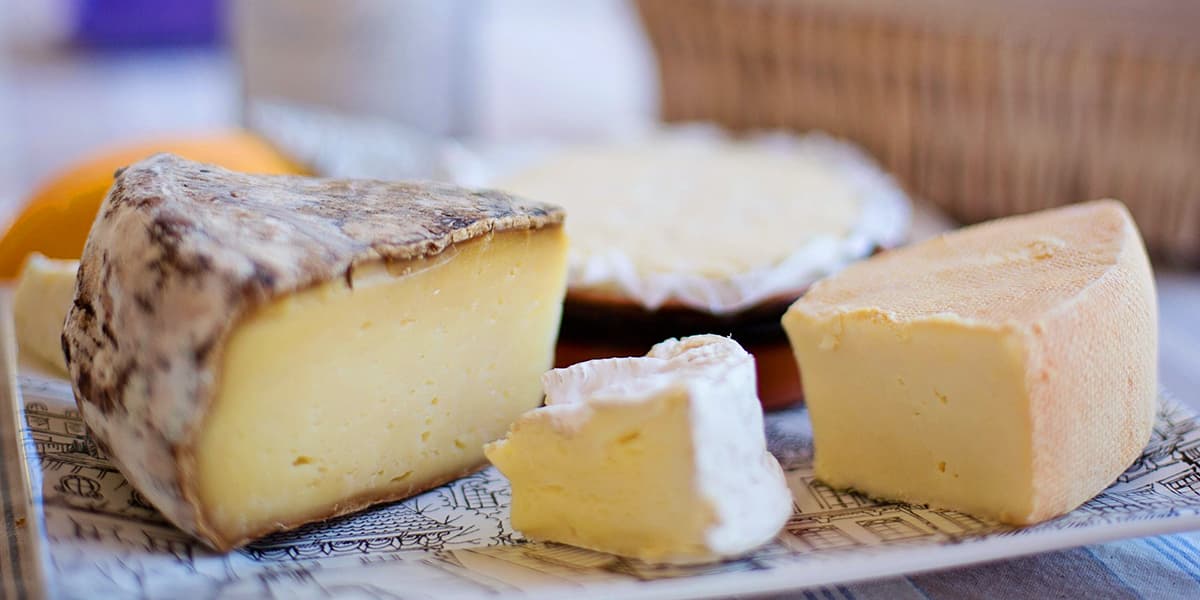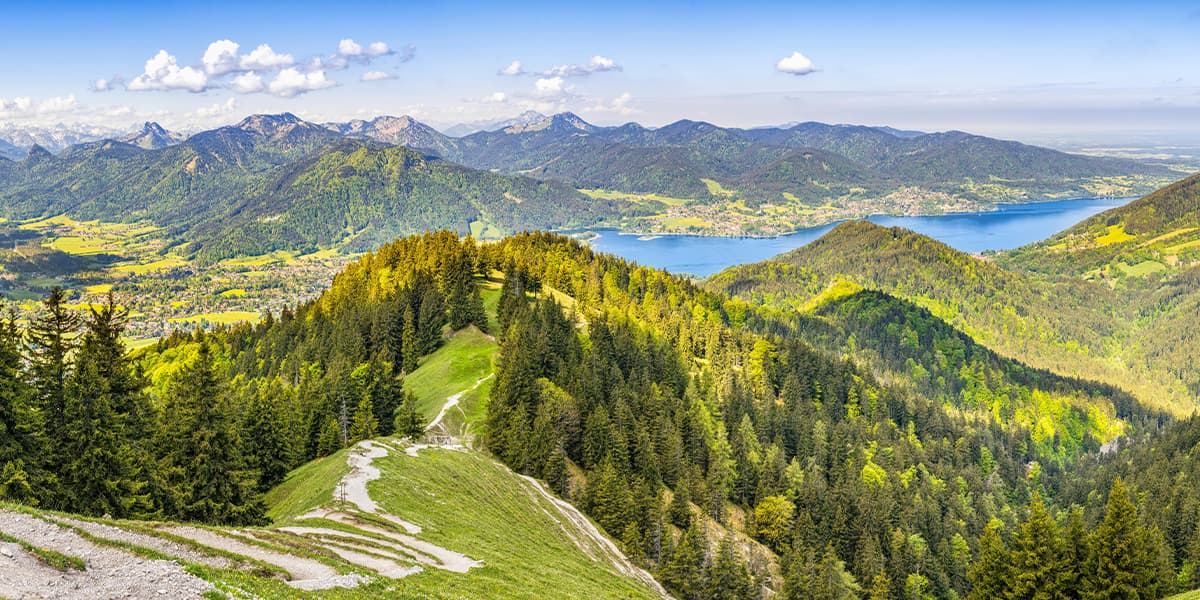Europe is undeniably the cheese capital of the world. Many of the most popular and distinctive cheeses originate from Europe, and each region has developed its own unique and delectable varieties. European cheeses are often named after the region they hail from – so it's easy to trace your favourite cheeses back to their origins if you're planning an indulgent trip!
Whether you're drawn to pungent cheeses from France, creamy delights from Belgium or the spectacle of Holland's famous cheese markets, Europe is filled with delicious destinations for cheese lovers. We've compiled a list of the best cheese destinations in Europe, where traditional craftsmanship meets a rich culinary heritage, and each cheese tells a unique story.
Planning your trip
For cheese enthusiasts planning European adventures, there's never been a better time to indulge. According to a recent DFDS survey, over a third (35%) of Brits have brought cheese back from a trip abroad, but only 28% of Brits are aware of the current restrictions on bringing European cheeses back to the UK. From April 2025, you can no longer bring animal products, including cheese, back to the UK from Europe for personal use. So, all the more reason to plan a cheese-filled trip to Europe to make the most of each region's traditional selection!
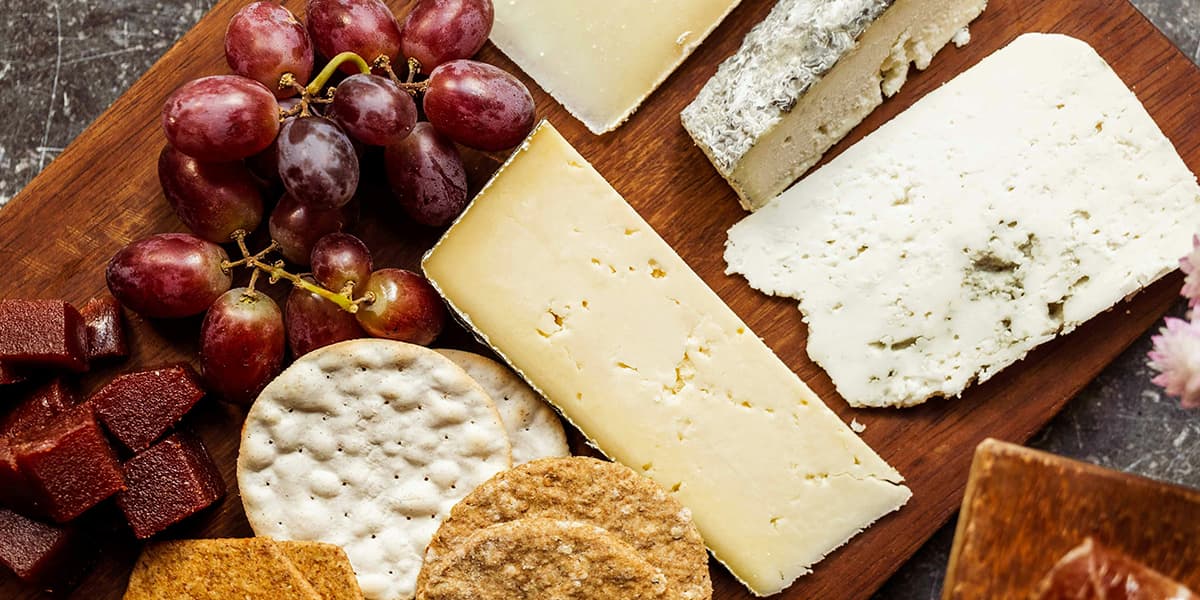
1. Normandy, France
Region: Northern France
Famous for: Camembert, Pont-l’Évêque
France takes the quality and authenticity of its cheeses very seriously. Many famous French cheeses are regulated by the Appellation d'Origine Contrôlée (AOC), which ensures that certain cheeses are produced in their region of origin using traditional methods and specific ingredients.
One of the most famous types of cheese with AOC status is Camembert, which was originally made from raw cow's milk in Normandy. This cheese has a soft, buttery texture that can become completely runny when baked inside its thick white rind. Camembert de Normandie has a mild flavour, which makes it a favourite for tasting with a range of different accompaniments:
One unexpected combination I adore is Camembert with dark chocolate truffles, especially those with a touch of sea salt or caramel. The bitterness of the chocolate contrasts with the creamy texture of the cheese, while both offer rich, lingering flavours that work together in a surprisingly indulgent way. Add a slice of strawberry or even a drizzle of sweet balsamic sauce for a delicious dessert. – Jessica Summer, Mouse and Grape
If you want to explore more of Normandy’s cheeses, the Route des Fromages AOP connects Camembert, Livarot, Neufchâtel and Pont-l’Évêque. Pont-l’Évêque hosts an annual cheese festival in May, where you can celebrate local cheeses, wines and gastronomy.
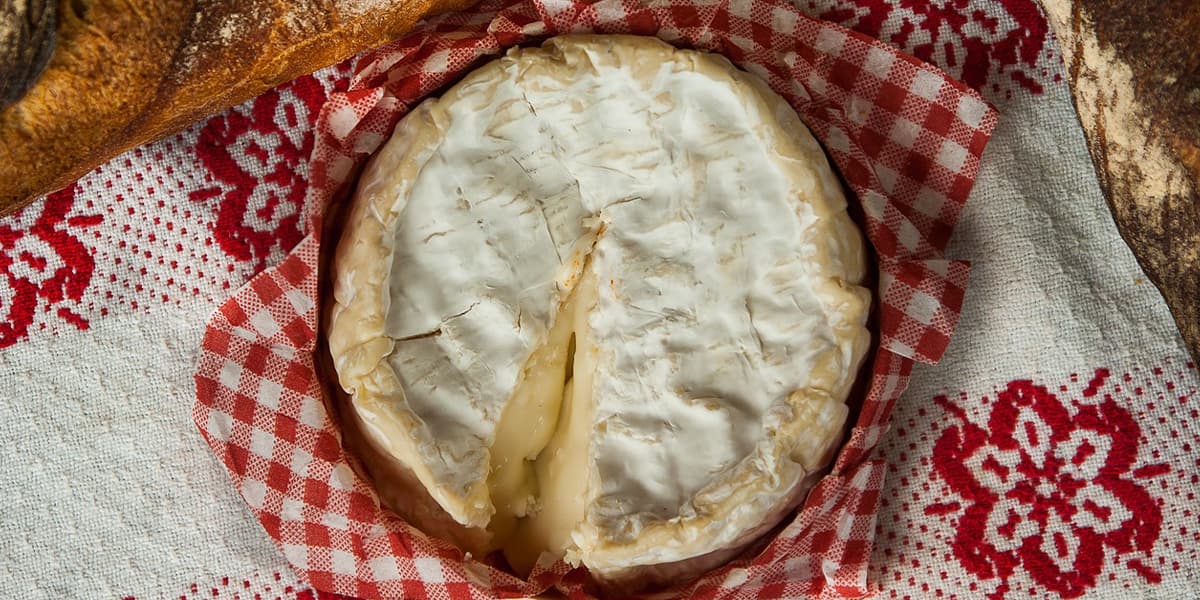
2. Loire Valley, France
Region: Central France
Famous for: Sainte-Maure de Touraine, Crottin de Chavignol, Selles-sur-Cher
If you're looking for a quieter cheese-making destination, visit the Loire Valley in central France. The Loire Valley is just southwest of Paris and is one of France's premier culinary destinations – it's well-known for being one of the best wine regions in France, and of course, for its AOC-accredited cheeses.
One of the more unique cheeses of this region is Sainte-Maure de Touraine, a type of goat's cheese characterised by its distinctive grey rind and long, log-like shape. Its origins date back to the Middle Ages, and it's one of the most famous goat's cheeses in France.
Other signature goat's cheeses of the region include Crottin de Chavignol, with a crumbly texture and earthy flavour, and Selles-sur-Cher, a velvety goat's cheese with a citrus tang. The Loire Valley goat's cheeses pair well with crisp, local wines, like Sauvignon Blanc from Sancerre or Cheverny.
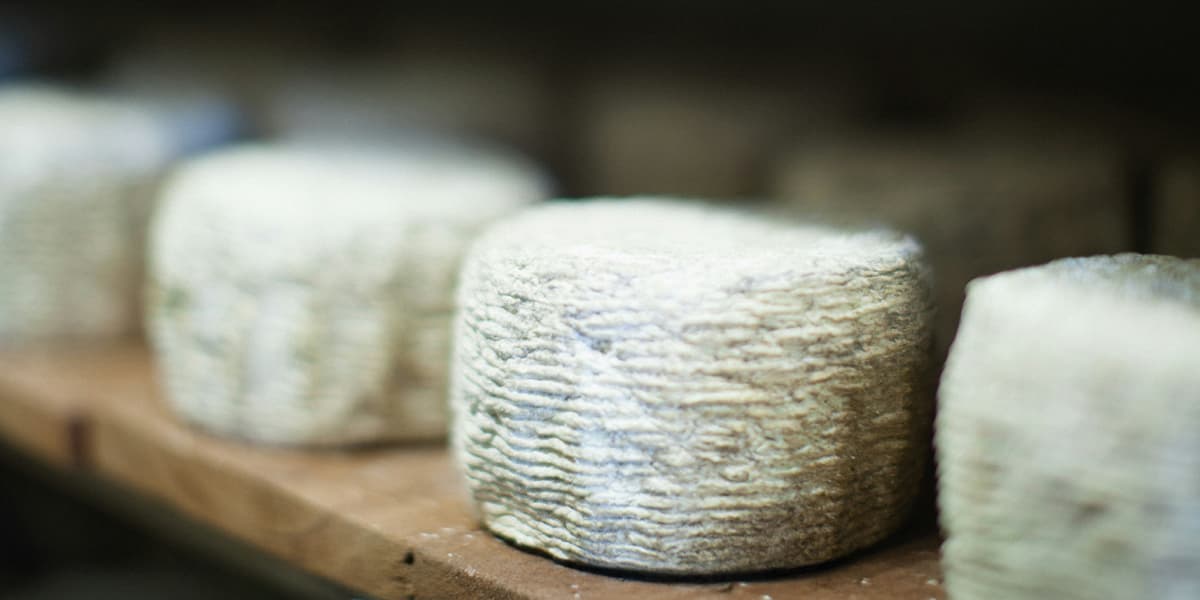
3. Burgundy, France
Region: Eastern France
Famous for: Époisses, Délice de Bourgogne, Charolais
Burgundy is well-known for its wine, but did you know it's also home to several classic French cheeses? Époisses is one of the most unique French cheeses – it's soft, creamy and tangy. It has been made in the village of Époisses for over 500 years, using a unique method that gives it a pungent aroma and a spreadable texture.
Charolais is one of the most popular goat's cheeses of the region. Its hard texture comes from a lengthy fermentation process where the milk is aged for up to 24 hours to form a natural curd, before being processed into a tangy, nutty cheese with a distinctive rind that wrinkles with age.
Many of Burgundy's cheeses pair well with regional wines like Pinot Noir and Chardonnay, so visit this region for an unbeatable introduction to some of France's finest artisanal goods.

4. Flanders, Belgium
Region: Northern Belgium
Famous for: Fromage de Herve
Similar to AOC accreditation in France, Belgian cheeses can be assigned a Protected Designation of Origin (PDO) by the European Union. Belgium's only PDO cheese is Herve, a bright orange cheese with a pungent aroma and creamy texture. It originates from the Herve region in Flanders in northern Belgium, where it's aged in cellars in the countryside to develop its traditional aroma and flavour.
Belgian cheese is often overlooked, but there are some incredible washed-rind cheeses like Herve. These funky, punchy cheeses pair brilliantly with Belgian beers, particularly fruity lambics or yeasty saisons. A pairing I love is Herve with crisp apple slices, pork scratchings, and a spoonful of apple or berry chutney, or a savoury mustard. The apple lifts the funk, the crunch adds contrast, and the salty pork brings it all together – like a ploughman's lunch with a twist. – Jessica Summer, Mouse and Grape
There are different variations of Herve cheese, including milder and richer versions, but each type has a buttery, sweet flavour. Due to its strong taste, Herve pairs exceptionally well with dark bread and Belgian Trappist beers, such as Chimay or Orval. Read our guide to the best Belgian beer to learn more, including beer and cheese pairings you're sure to love!
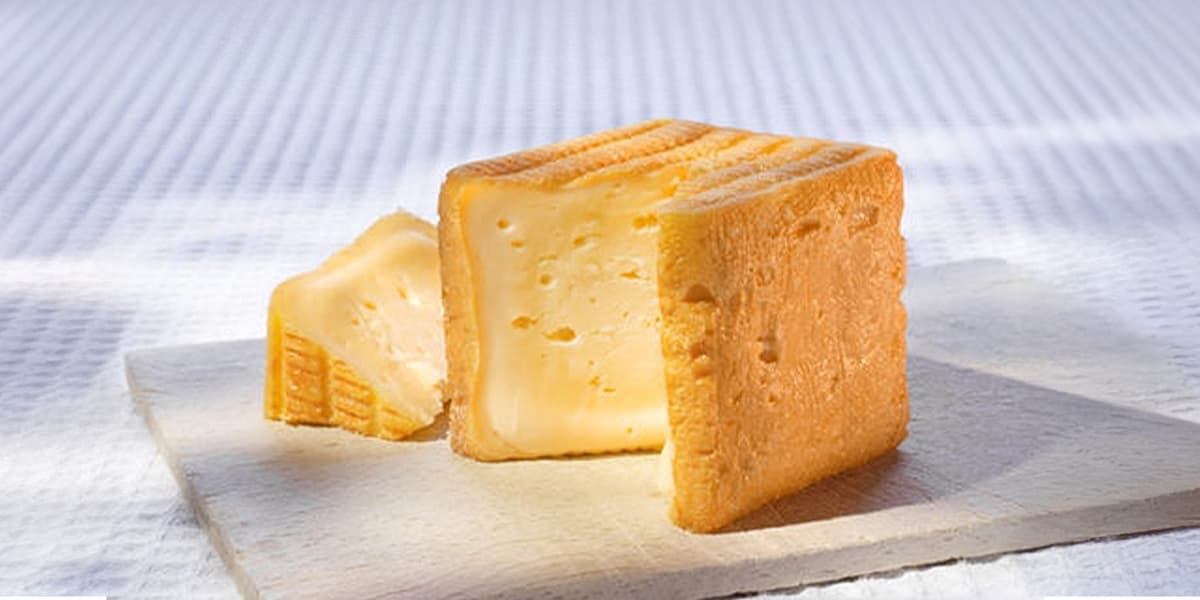
5. Gouda, the Netherlands
Region: South Holland
Famous for: Gouda
Gouda is one of the most famous cheeses in the Netherlands. Named after the city where it is made, this cheese has a mild, nutty flavour that gives it universal appeal. It's traditionally made with cow's milk, but some less common varieties are made with goat's milk. While you're visiting Gouda, break up your cheese tastings with exploring the town's famous canals or visiting the beautiful local countryside.
In addition to having regional cheeses specific to towns and cities, the country also boasts the world's largest cheese market, which dates back to the 16th century. The Alkmaar cheese market runs weekly from March to September each year, transforming the town's central square into a cheese lover's dream. From the ringing of the cheese bell at 10am to the final sale at 1pm, wheels of Gouda and Edam line the Waagplein in a sea of bright orange.
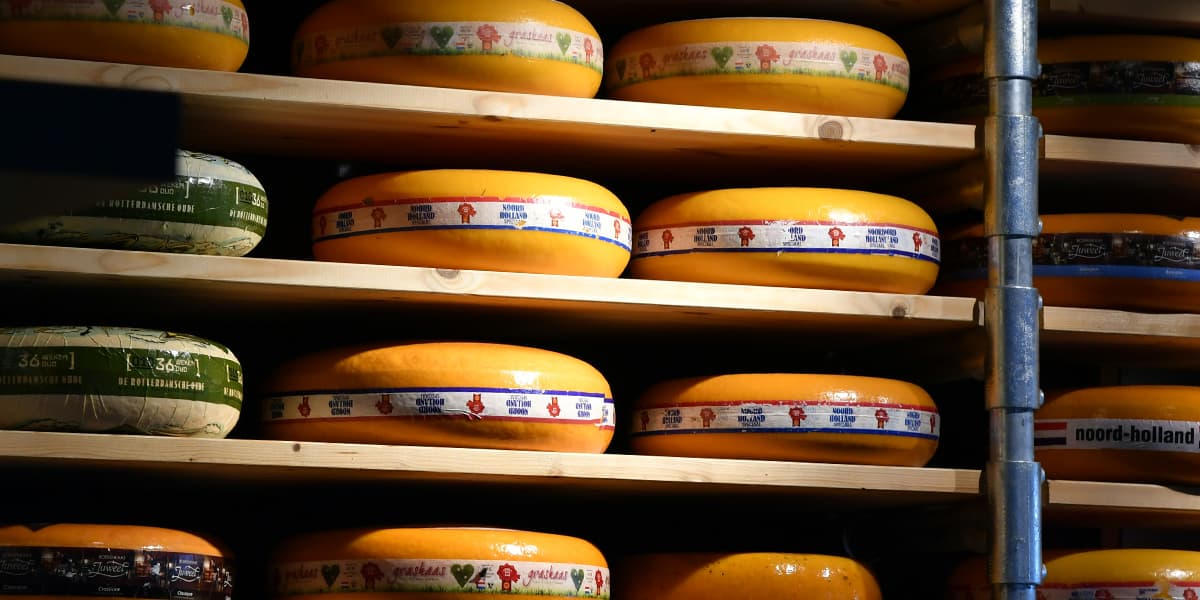
Emerging European cheese destinations
Looking for new places to explore your love for cheese? We researched the most-searched cheese destinations in Europe and compiled a list of the top 10 with the largest increases in search volume. Here's our list of the emerging European destinations for cheese:
Country | Region / City | YoY search increase |
Italy | Lombardy | 124% |
Portugal | Alto Alentejo | 100% |
France | Corsica | 50% |
Spain | Basque Country | 50% |
France | Burgundy | 49% |
Greece | Crete | 49% |
UK | North Yorkshire | 49% |
Switzerland | Valais | 48% |
Switzerland | Fribourg | 24% |
Italy | Sicily | 23% |
Methodology
DFDS surveyed 501 Brits aged 16-99 in June 2025. Search volume and growth data were sourced from Google Keyword Planner. Year-on-year percentage changes were matched to regions and cheeses. Cheese destinations were ranked based on the highest relative increases in search interest for both regional terms and signature cheese types associated with those regions. The trend analysis looked at 100 regions and cities across Europe, examining the change in Google searches between May 2024 and May 2025 compared to the previous two years to identify spikes in interest. The study analysed terms such as: “cheese tasting in [place], cheese tourism [place], [place] + [speciality cheese].”
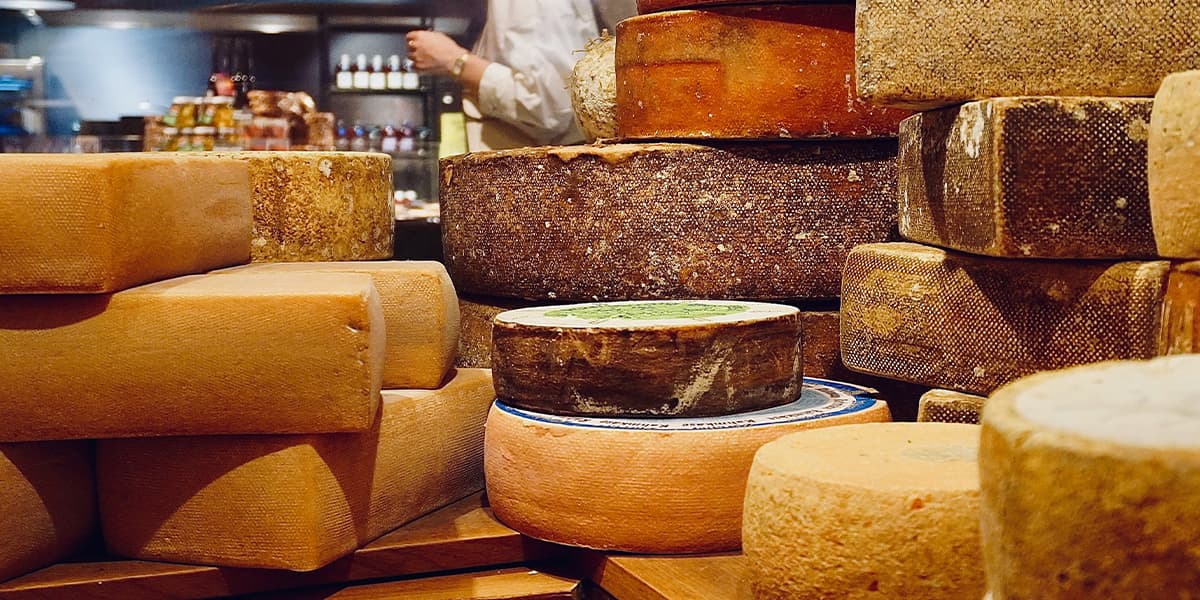
Sources: Herve image: Bagou01, CC BY-SA 3.0 <https://creativecommons.org/licenses/by-sa/3.0>, via Wikimedia Commons

